Helping Little Voices Grow Big.
Call Us for Speech Therapy in Atlanta
Helping Little Voices Grow Big.
Call Us for Speech Therapy in Atlanta
Have you ever wondered about Therapy Dogs? What is the difference between a Service dog and a Therapy dog?
Wikipedia says "A therapy dog is a dog that might be trained to provide affection comfort and love to people in hospitals, retirement homes, nursing homes, schools, hospices, disaster areas, and to people with mental disorders, such as anxiety disorder or autism.
Therapy dogs are usually not assistance or service dogs, but can be one or both with some organizations.
SAGE Speech & Learning is the ONLY practice in Georgia that is trained and certified to provide the Lidcombe Program for stuttering. Stuttering therapy in Atlanta is scarce, and much…
A compassionate and enthusiastic person who provides one-on-one help in the classroom for a child with diverse needs. A facilitator's goal is for their student to be successful in the…
Speech therapy is the evaluation and treatment of communication and swallowing disorders. Speech and language development usually follows a typical pattern in children. If you have concerns about your child's…
SAGE Speech & Learning strives to provide each family with a welcoming and knowledgeable team of specialists, each uniquely equipped to address the needs of your child. We refer to…
In the U.S., therapy dogs are not service animals and are not afforded the same privileges as service animals are."
Animal Assisted Therapy (AAT) is intervention delivered by a professional with the participation of an animal. While cats, rabbits, and other animals may be used for AAT, dogs are most common. AAT can be incorporated into a variety of disciplines including speech therapy.
Humans often bond with animals, and there has been research to support the use of animals to reduce stress and calm people in difficult situations. For many youngsters with speech and language impairments, therapy can be challenging! Therapy dogs can provide motivation, be a listening ear, increase communication, and bring a smile to the face of your client or student who is working hard to achieve his speech and language goals.
There is limited research in this area, but there have been studies to support using a dog in therapy to increase communication. A single subject study carried out with an adult stroke survivor found that the introduction of a therapy dog resulted in an increase in social-verbal as well as social-nonverbal behaviors (LaFrance, Garcia, Labreche, 2007). The Winter 2016 publication from The Stuttering Foundation features an article about the benefits of using AAT with people that stutter. This article also reports ""¦the presence of a therapy dog is beneficial to learning, but may be particularly beneficial to language-impaired children" (Wilson, 2016
Since AAT is goal directed, the activities will vary based on the client's therapy goals. Keep in mind that the dog is not doing therapy. The SLP is doing therapy with the participation of the dog. For lack of a better word, the dog is a tool used to help the SLP work with the client during a goal directed therapy session. So what can the dog do? The dog can participate as reinforcement/encouragement in the form of high-fives and snuggles. The dog can follow verbal commands to support a goal (commanding "sit" and "stay" while practicing the /s/ sound for example). The dog can can be used to work on verbs (pet the dog, brush the dog, feed the dog, etc.) The dog can wear a doggie backpack and clients/students can pull articulation cards out of it to add an extra element of fun to traditional articulation drills! AAT will look different in different situations, so the key is figuring out what works best for your clients and your therapy dog.
The SAGE Speech & Learning Associates therapy dog's name is "June". She is a 100 lb all white and fluffy Great Pyrenees and the most docile angel. She is registered as an "Emotional Support Animal", and our SLP has an Rx for her from a doctor. She came from an organic farm in northwest Georgia. Several June's siblings were used as working farm dogs, protecting the delicate livestock from predators. She has been visiting public places with our SLP (Target, Walmart, grocery stores, etc.) since the age of 6 months, gaining most of her experience from being around children and elderly individuals.

At SAGE Speech & Learning Associates, we know that the best care for our clients comes from a collaborative approach. This…
Read More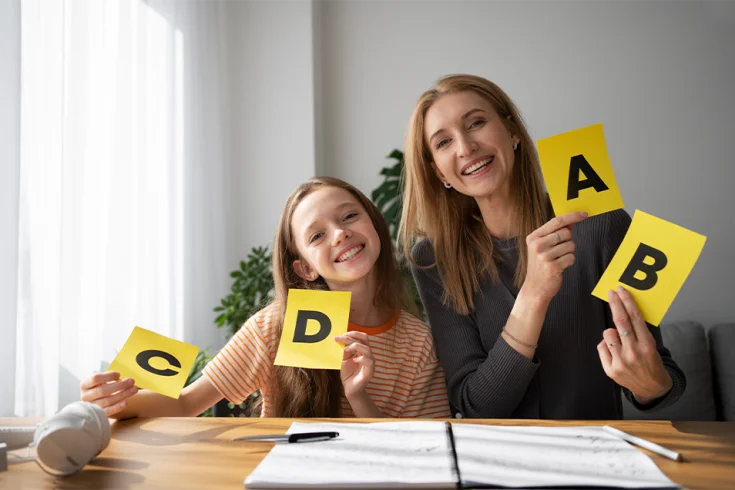
At SAGE Speech & Learning Associates, we believe that early intervention is key when it comes to speech and language development,…
Read More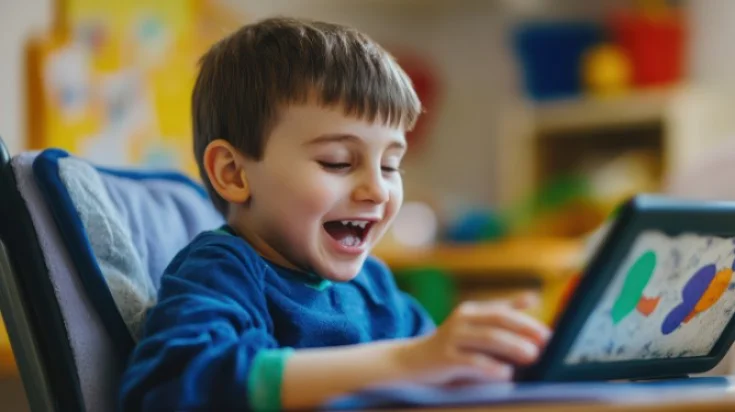
At SAGE Speech & Learning Associates, we are committed to providing personalized and specialized care for every child we serve. We…
Read More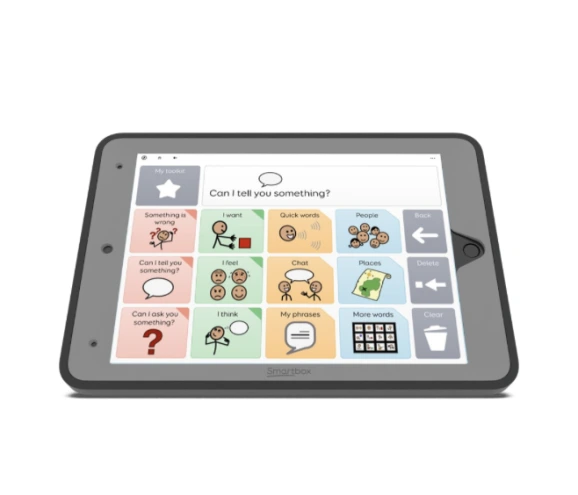
Exploring the Benefits of Speech Generating Devices in Speech Therapy: Insights…
Read More
Has your school considered engaging SAGE Speech & Learning Associates? At SAGE Speech & Learning Associates, we recognize the vital role…
Read More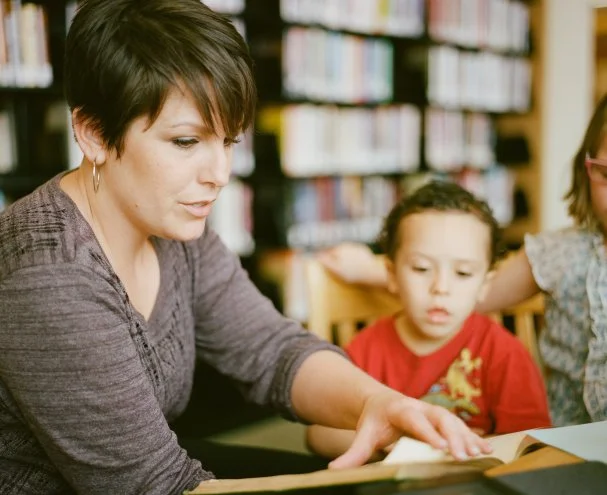
Fingers crossed, but it seems it that 2021 is shaping up to be a much better school year than 2020. We…
Read More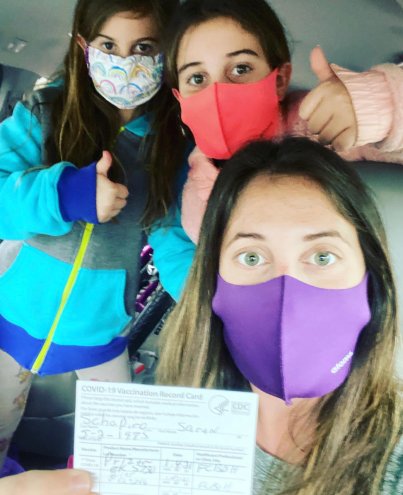
A Letter From Founder Saren Schapiro M.Sc., CCC-SLP Dear Colleagues, As the year rounds into the second quarter, I am touching…
Read More
Hello Clients and Friends, I want to thank you for being a part of our team in 2020. To have made…
Read More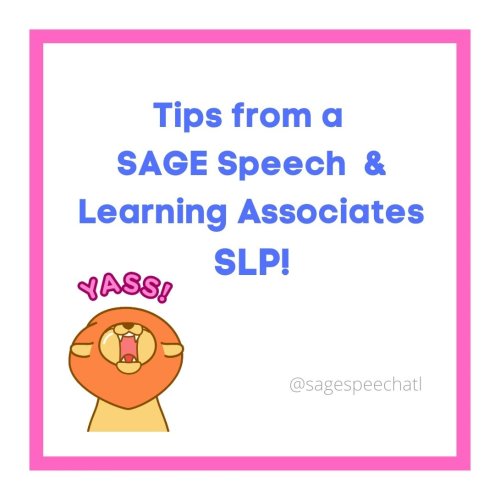
Discuss with the child out loud/verbally what's coming next--"First we do this, then this, then this, then done/lunch/play/etc" Bundle-up…
Read More
This is a question we never imagined we would have to answer. SAGE Speech & Learning has pivoted to teletherapy services…
Read More